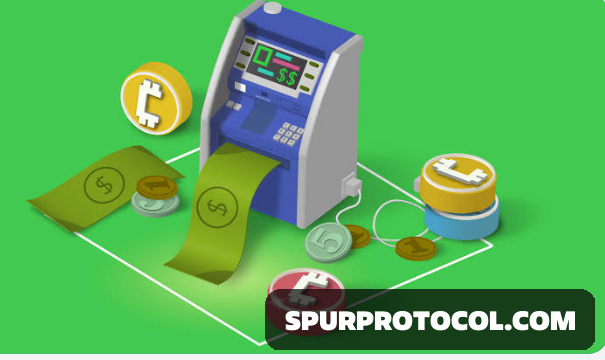What Are SubDAOs?
SubDAOs (short for sub-decentralized autonomous organizations) are smaller, specialized units that operate under the umbrella of a larger parent DAO (Decentralized Autonomous Organization)
Go Back

🕒 11:32 PM
📅 Jul 25, 2025
✍️ By prejworld
Think of them as departments or working groups within a bigger organization, each with its own responsibilities, autonomy, and sometimes even its own treasury and governance.
🔍 Key Features of SubDAOs:
1. Specialization
Each subDAO focuses on a specific function like marketing, development, community, grants, or regional operations.
2. Autonomy
SubDAOs can make independent decisions within their scope, although the parent DAO may still hold overarching control or veto power.
3. Separate Governance
SubDAOs may have their own voting mechanisms, contributors, and tokens or reputation systems, tailored to their needs.
4. Treasury Control
Some subDAOs manage their own budget, funded by the main DAO to carry out delegated tasks efficiently.
✅ Benefits of SubDAOs:
Scalability: Helps large DAOs operate at scale by decentralizing operations.
Agility: Smaller groups can move faster and experiment without needing full DAO-wide consensus.
Community Empowerment: Encourages active participation from specific interest groups or geographic communities.
Accountability: Easier to track progress and performance of individual working groups.
🛠 Example Use Cases:
MakerDAO has spun off Core Units which act as subDAOs for areas like risk management, oracles, and content production.
Aavegotchi uses subDAOs to manage things like mini-games, guilds, and asset distribution.
Bankless DAO has subDAOs like the Writers Guild and Analytics Guild.
🧩 Analogy:
If the main DAO is a country, subDAOs are like states or provinces — they manage local governance but are still connected to the federal system.
